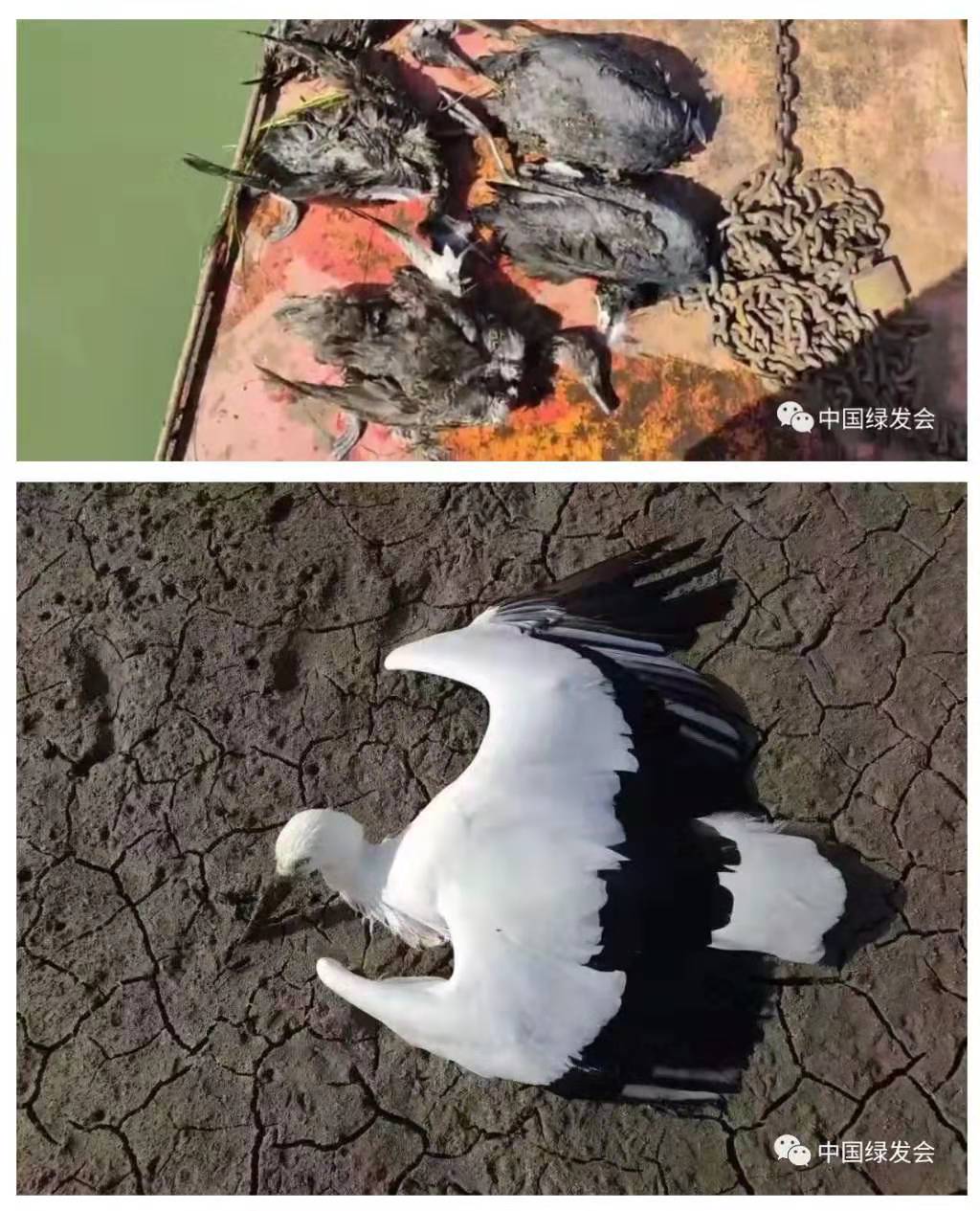Every year in autumn and winter, hundreds of millions of migratory birds have moved southward on a large scale. This was originally a magnificent natural phenomenon. However, recently, China Biodiversity Conservation and Green Development Foundation (CBCGDF) volunteers have discovered the phenomenon of poisoning migratory birds on the midline and east line of migratory birds. Have to be concerned.
On November 14, Mr. Zhou, director of the CBCGDF China Conservation Area for Migratory Bird at Hanjiang (Han River) in Laohekou, Hubei Province, said that during this season, migratory birds have flown on a large scale. On the water near the Wang Fujiang Hydropower Station, there are wild ducks, mandarin ducks, and black water chickens flying everywhere. He said that during the season of migratory birds, when volunteers patrol the river every morning, in addition to paying attention to illegal fishing on both sides of the river, they will also guard the migratory birds flying in the river. This winter, he and the volunteers also succeeded in discovering the national first-class protected animal Chinese merganser. In the morning, Mr. Zhou and volunteers found five poisoned migratory birds in the river, including three wild ducks and two black water chickens.
“The criminals do not dare to openly capture wild migratory birds. They usually sneak to place poisons such as carbofuran on the plants in the migratory habitats where the birds are concentrated. Then the birds will rest on the plants to be poisoned. The criminals would follow the birds to pick up the poisoned migratory birds. According to Mr. Zhou, last year, volunteers also found poisoned migratory birds in that area.
According to the volunteers of CBCGDF, at present, the person in charge of the Wildlife Conservation Station of Laohekou Forestry Bureau in Hubei Province has indicated that the department will jointly promote the publicity with the fishery administration department and intensify the crackdown on the behavior of poisoning migratory birds.
However, less than five days later, on November 19th, CBCGDF volunteers once again found poisoning in the Oriental stork, a national first-class protected animal, in Caofeidian, Tianjin. This made the volunteers very worried: many years ago, the coastal wetlands in this area had an incident of collective poisoning of migratory birds, which caused great concern in the domestic wildlife protection community. This time, according to volunteers, at present, there are more than 2,000 Oriental storks in the Caofeidian Wetland where they will winter. It is still uncertain whether there will be more poisoning of Oriental storks.
East Asian-Australasian Flyway is the migration flyway that has the most prominent conservation issues.
At present, from the situation of the poisoning cases of migratory birds that CBCGDF volunteers have discovered, it is hoped that the relevant departments could attach great importance to it, and work with local volunteers to increase the crackdown on poisoning and killing migratory birds and protect them from moving safely.


(Photo credit: CBCGDF volunteers)
Original Chinese article:
http://www.cbcgdf.org/NewsShow/4854/10472.html
By / Wang Yanqing Modified / Maggie
